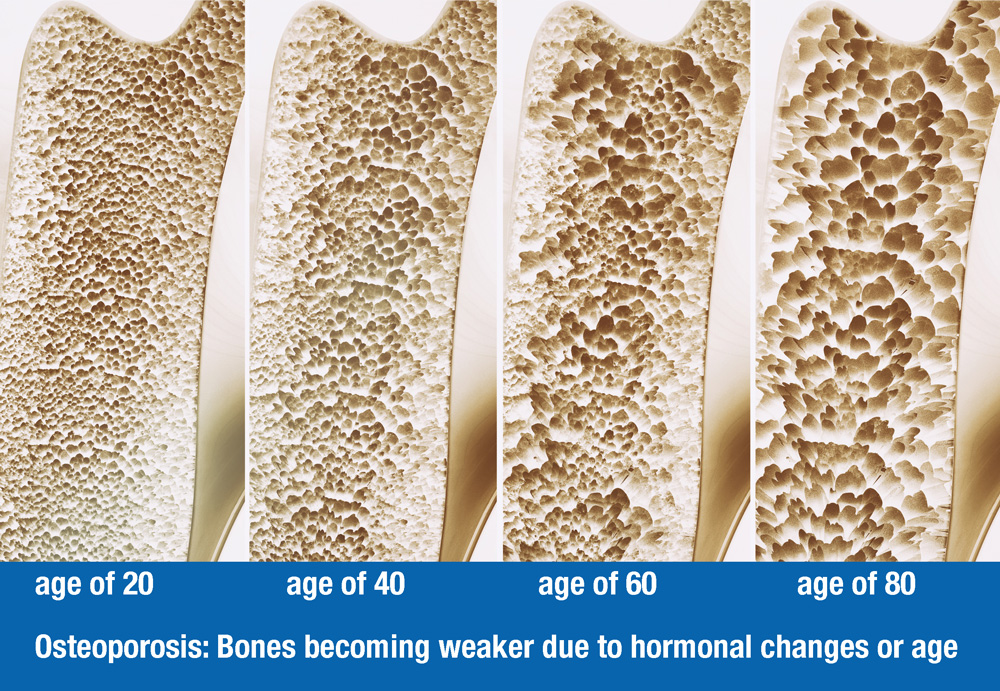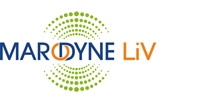What is osteoporosis?
This bone disease occurs when the body loses bone mass and/or makes too little bone. As a result the bones become weak and brittle, making them prone to fracture from a fall or, in more serious cases, knocking into things or even sneezing. It occurs typically because of hormonal changes (during the menopause), from deficiency of calcium or vitamin D and through ageing when people are less physically active.

What can you do if you have osteoporosis?
There are many factors which can lead to the development of osteoporosis. Some are genetic (hereditary) and unavoidable while others are linked to lifestyle. By changing your lifestyle, you can reverse the effects of osteoporosis. Diet and exercise are key to helping bones maintain their density and strength and prevent further deterioration. Medication alone (usually bisphosphonates) can at best only be part of the solution and unfortunately comes with the risk of nasty side effects: exercise is important to ensure the movement of your muscles and bones trigger the bone-forming process.
Bone can reform under the right conditions as bone tissue will actively adapt in response to stress and force applied to it. When bones are subjected to loads – usually through movement or impact when walking, running or lifting weight – the bone reacts to the force and builds itself up. This is even in the case among people affected by osteoporosis.
Osteoporosis therapy
The aim of any osteoporosis therapy is to maintain or rebuild bone stability. The values of the bone density measurement, as used in osteoporosis therapy, are not fixed, they are variable. And this change for the better is the goal of the therapy. The two most important parts of a treatment are proper nutrition and sufficient exercise.
Stable and safe motion prevents falls
Falls are rarely due to only one cause, in most cases several influencing factors work together. Not only what you suffer after a fall is decisive, but also what could have contributed to prevention before the possible fall. This is where training with Marodyne LiV comes into its own: strength in the lower leg muscles, coordination and stability play a role that should not be underestimated.
Marodyne LiV offers a medication-free treatment for osteoporosis. It supports the targeted building up of high quality bone substance and helps maintain and/or increase bone mineral density. It’s simple to use, at any age.


